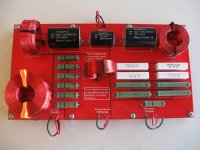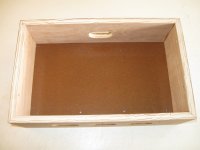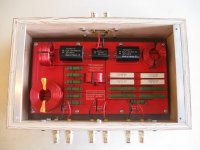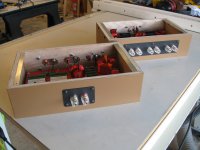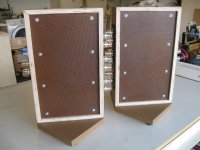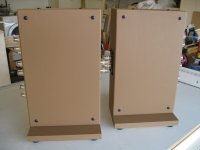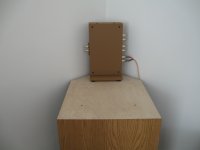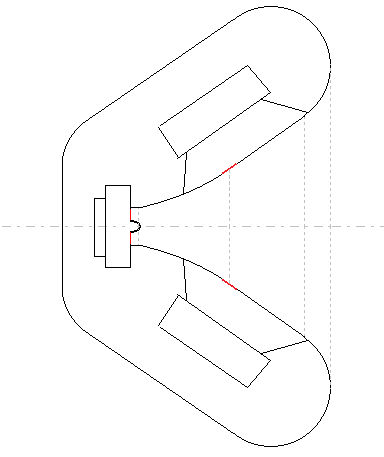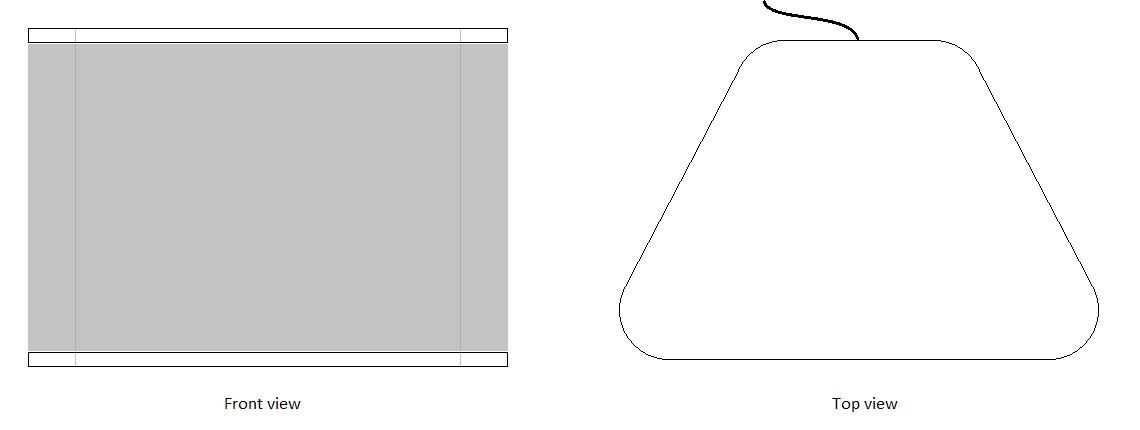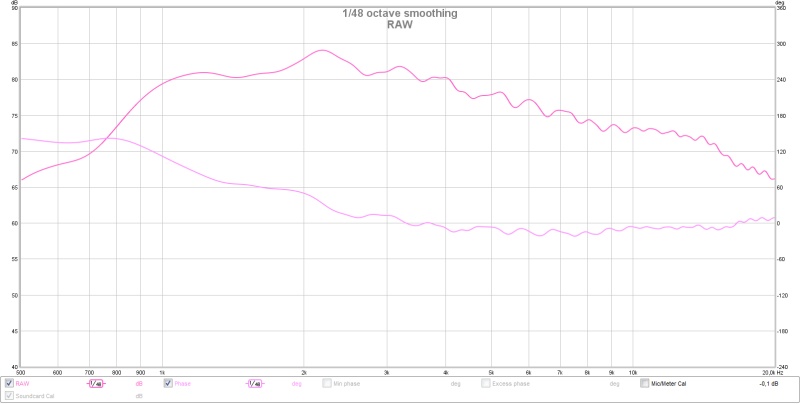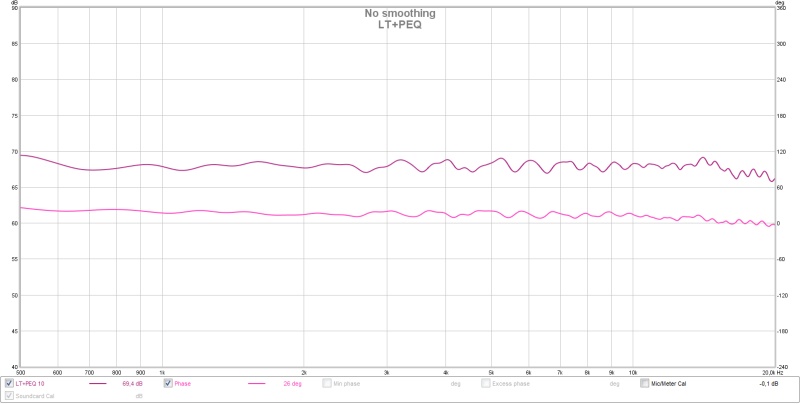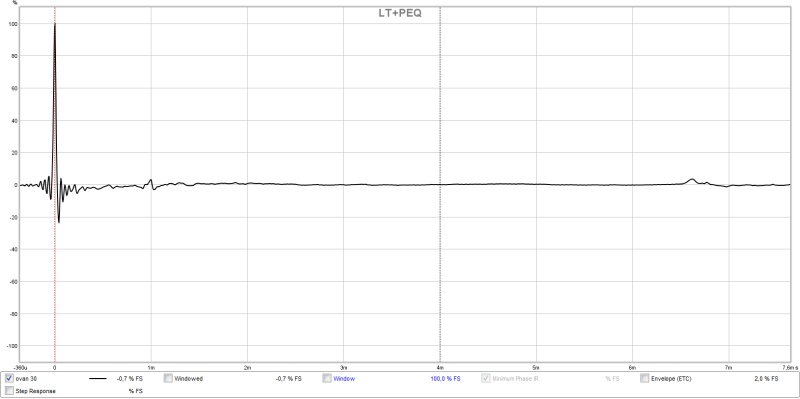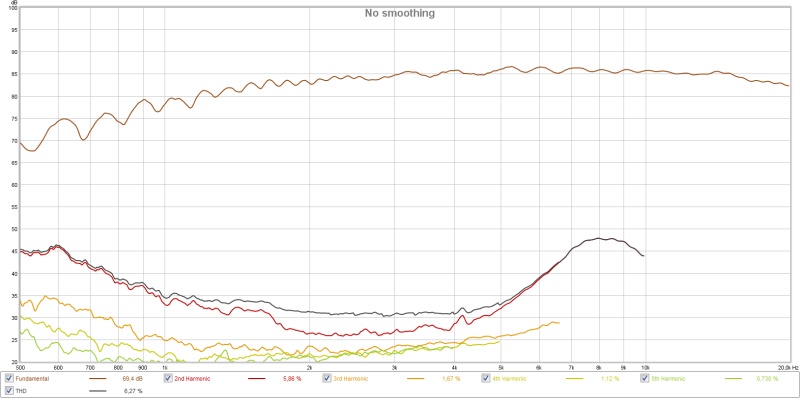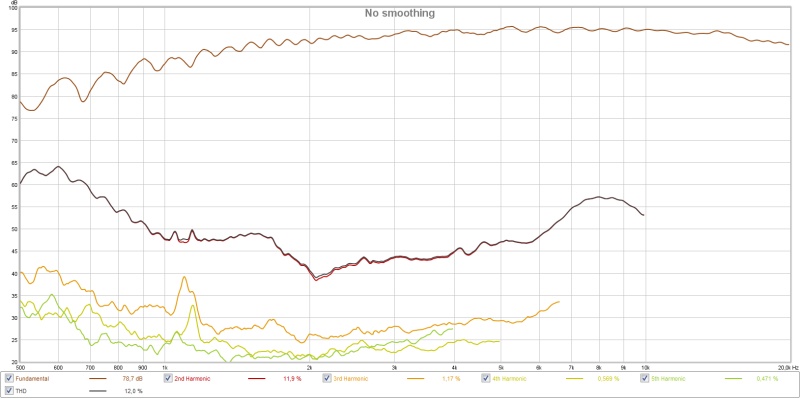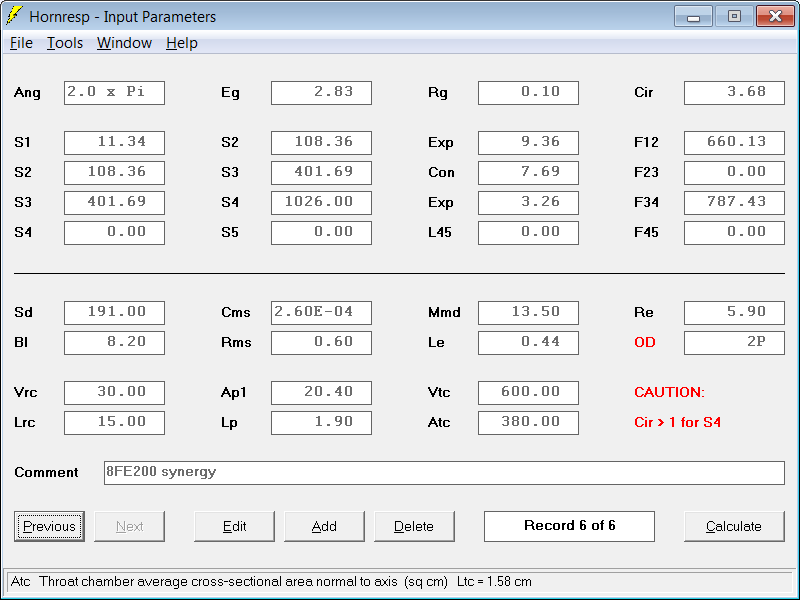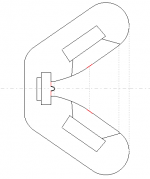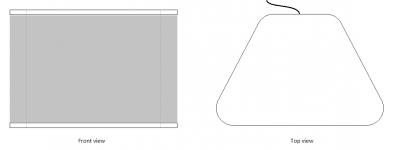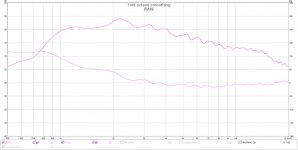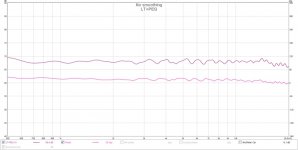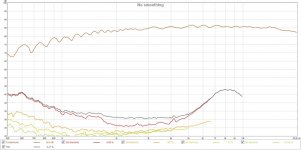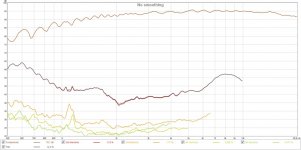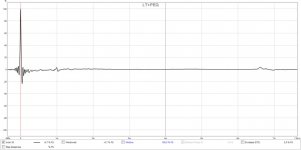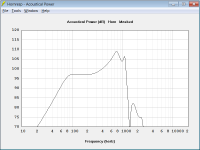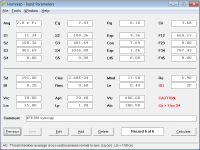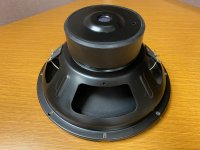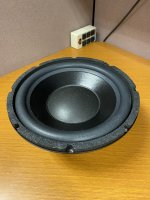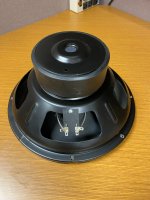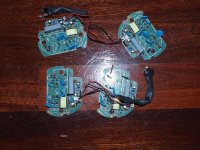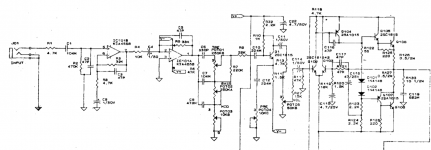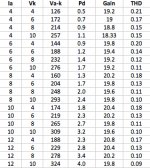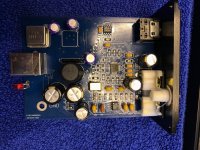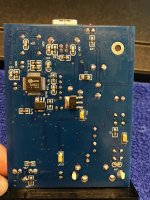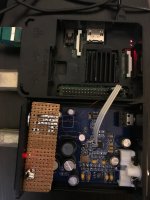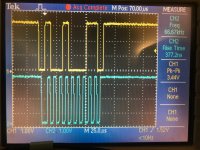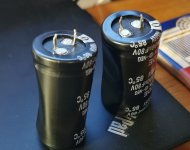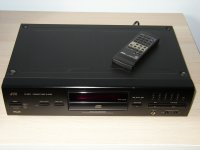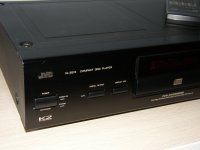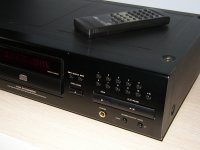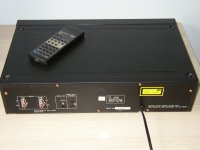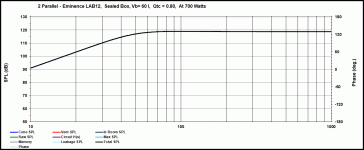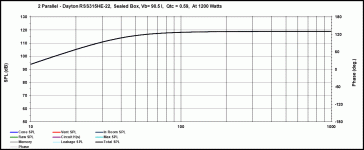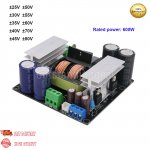Good day to all,
I am just starting to design my next pair of reference speakers. I have been through the many designs and styles, 2 ways, 3 ways, 4 ways, sealed, bass reflex, transmission line, and more, so I have a good idea what I expect and want from a pair of speakers.
My latest and most intriguing experiment has been full-range drivers. I am converted to the concept as flawed as it is, I had just grown tired of listening to crossovers messing up my jazz and vocals. As I have been listening to a lot of acapella music lately, you can always hear a crossover smear somewhere in the vocals. It is just too good to be able to listen to a sax run up the scale and it is smooth as silk or listen to an acapella quartet without the crossover humps or dips.
But(it is always there!) I am finding that the ends of the spectrum just put to much pressure on any single driver that I have heard, you give up good deep bass, and find the highs can be just a little too gritty for my ears.
So to remedy that, here is what I am proposing to do.
A woofer in a transmission line with a full/wide-range driver as the mid-range covering from 90Hz+- to 4,000 - 6,000Hz area where a tweeter or super tweeter will take over. Essentially a three way.
Lets look at each driver and what we want from it and why.
The woofer could be a 10" or 12" Peerless or Scan-speak, with a folded transmission line tuned to a bass cutoff of 30Hz or preferably less. I do not want tubby, fat, or boomy bass, I want clean, quick, fast bass, I will using this for music only. It would need to carry the bass up to around 90Hz and I want to use as simple of a crossover as possible, preferably first order.
The mid range - I want the full vocal range completely free of cross-overs, hence the low 90Hz, I have sang with good bass singers that can smash a C two octaves below middle C, which is only 65Hz, not many but a few. most of the vocal range is from A3 - 87Hz through C6 - 1,050Hz, with a select few sopranos shattering glass a few notes above that. A piano tops out at about 4,200Hz or so, above that you have mostly second harmonics happening. So by covering the 90Hz though 4,000Hz with one driver we completely eliminate all crossovers in the critical hearing, vocal and fundamental range of most instruments. I am completely annoyed with beaming that goes with most larger wide-range drivers, the largest driver I would want would be 4" preferably less. So here is my shortlist of drivers, the Jordan JX92S, Bandor 50AFSW/8, which are fine except are not very efficient. I am open to any suggestions you may have on suitable drivers. I would go for a Manger, but that is such a quick driver that mating a suitable woofer is almost impossible I am told. Again I want to keep crossover as simple as possible, and if possible use enclosure construction to work as passive crossovers. With the two above drivers, a high pass filter is unnecessary because of the roll-off of the drivers. Most likely a low-pass would be unncessary also because we could just tweak the high-pass on the tweeter to pick-up where the mid-range is starting to tire.
Tweeter - 4,000-6,000Hz and above . I have not given much thought to a driver here and would love to hear you recommendations, again remember I have no love for beaming or narrow sweet spots, I prefer a wide, full listening area. So I am assuming a 3/4" tweeter or maybe even a ribbon would be what we need.
I am hoping for a passive cross-over consisting of a first-order low-pass for the woofer, and a first-order high-pass for the tweeter. I may decide to pinch off the top of the midrange just to avoid too much glare and muddiness because of expecting to much of the mid-range in complex and difficult passges. Plus some possible pads to bring everything into line.
OK, fellow full-range junkies, let's hear your ideas and criticisms. I know there are some very experienced full/wide-range listeners in this forum including Planet10 aka Dave(with some very interesting driver ideas), Dice45 aka Bernhard, Mohan Varkey, just to name a few. A budget is not really an issue here, except like everyone, I am always interested in spending less instead of more.
Cheers,
Surf, Sun & Sound
